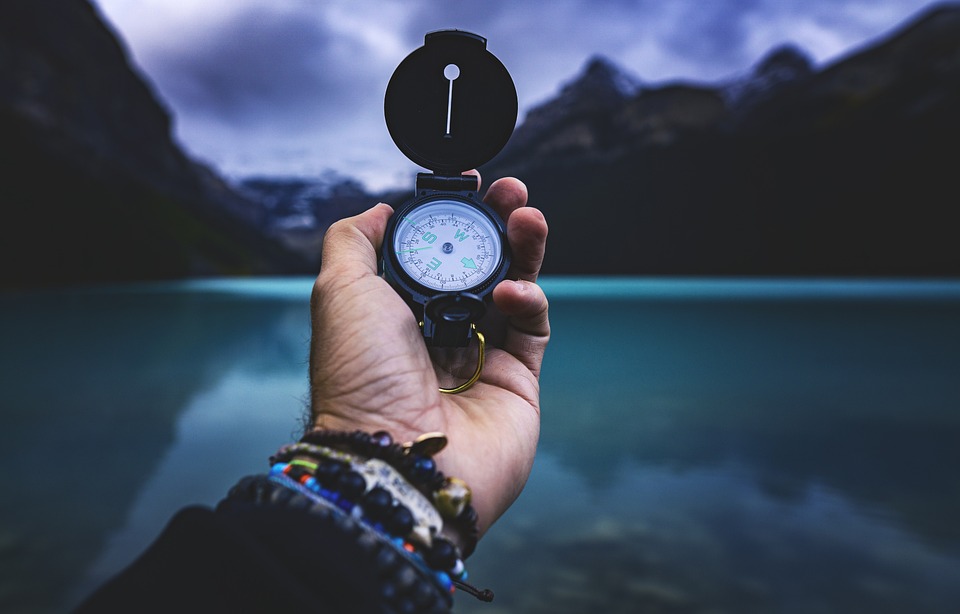From Classical to Jazz: A Genre-Hopping Musical Journey
Music has the power to awaken emotions, spark creativity, and transport listeners to different realms. With its varied genres and styles, music has the ability to connect people from different backgrounds and bring them together in harmony. One such genre-hopping journey that music enthusiasts often embark on is transitioning from classical to jazz. This musical journey is an exploration of the rich histories, complexities, and nuances of two distinct genres that have shaped the landscape of music for centuries.
The Roots of Classical Music
Classical music, dating back to the medieval times, is a genre that is characterized by its formal structures, adherence to traditions, and intricate compositions. From the Baroque period with the works of Bach and Handel to the Romantic period with the expressive works of Beethoven and Chopin, classical music has evolved over the centuries, leaving a profound impact on music theory and composition. The orchestral arrangements, intricate melodies, and complex harmonies of classical music have captivated audiences for generations.
The Evolution of Jazz
In contrast, jazz is a genre that emerged in the late 19th century in African American communities in the Southern United States. Jazz is characterized by its improvisational nature, syncopated rhythms, and use of blue notes. With influences from blues, ragtime, and European classical music, jazz has evolved into a dynamic and diverse genre that encompasses a wide range of styles, from swing and bebop to fusion and free jazz. Jazz musicians often engage in musical conversations, improvising on themes and melodies, and creating spontaneous and innovative performances.
Transitioning from Classical to Jazz
The transition from classical to jazz is an intriguing journey that requires a willingness to explore new sounds, rhythms, and harmonies. As musicians and listeners navigate through the complexities of both genres, they begin to appreciate the diverse musical traditions and techniques that define classical and jazz music. By studying the works of classical composers such as Mozart, Beethoven, and Debussy, musicians can develop a strong foundation in music theory, harmony, and form. This knowledge provides a valuable framework for understanding the complexities of jazz improvisation, syncopation, and chord voicings.
Exploring the Connection Between Classical and Jazz
Despite their differences, classical and jazz music share a common thread in their emphasis on creativity, expression, and emotion. Both genres allow musicians to interpret and personalize the music, adding their unique flair and style to the compositions. In the classical repertoire, musicians are encouraged to infuse their performances with emotion, dynamics, and phrasing, bringing the music to life with their own interpretation. Similarly, in jazz, musicians have the freedom to explore new harmonies, rhythms, and melodic variations, creating fresh and innovative interpretations of jazz standards and original compositions.
Blurring the Boundaries Between Genres
As musicians delve deeper into the worlds of classical and jazz music, they often find themselves blurring the boundaries between genres, integrating elements of both styles into their performances. Fusion genres such as classical-jazz, jazz-fusion, and neoclassical jazz combine the formal structures and harmonic complexities of classical music with the improvisational nature and rhythmic vitality of jazz. By blending these elements, musicians can create unique and innovative soundscapes that challenge traditional notions of genre and style.
Embracing Musical Diversity
The journey from classical to jazz is a testament to the power and beauty of music to transcend boundaries, connect people, and inspire creativity. By exploring the rich histories, complexities, and nuances of classical and jazz music, musicians and listeners can gain a deeper appreciation for the diverse traditions, techniques, and styles that shape the musical landscape. Ultimately, the transition from classical to jazz is a genre-hopping musical journey that celebrates the artistry, innovation, and creativity of both genres, uniting musicians and audiences in a shared love for music.

Leave a Reply